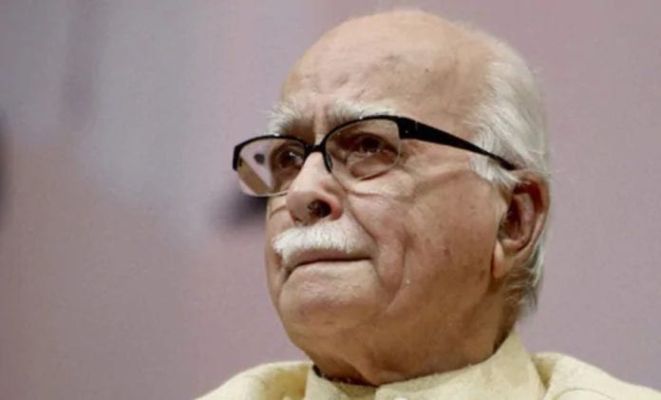New Delhi: Here are the key figures among the 32 accused in the Babri mosque demolition case who were Wednesday acquitted by a special CBI court in Lucknow of all charges.
L K Advani: The political face of the Ram Janmabhoomi movement, he along with many other accused, including Murli Manohar Joshi and Uma Bharti, was at a podium as frenzied mob of karsevaks (volunteers) brought down the mosque on December 6, 1992. He later called it the saddest day of his life, a statement that did not go down well with the BJP’s Hindutva base.
At 92, he is no longer actively involved in politics but a judicial closure to the case in his and other accused’s favour will be a matter of huge relief to him.
A leader who often spoke about the importance of public propriety and morals in politics, the verdict has vindicated his stand that the then BJP leadership was not a party to any conspiracy to mosque’s demolition.
It was his ‘Rath Yatra’ in 1990 in favour of building a temple at the disputed site, where believers hold that Lord Ram was born, that brought the issue to the center stage of national politics and help the BJP emerge as an alternative to the Congress.
Murli Manohar Joshi: Joshi was the BJP president during the period when thousands of karsevaks gathered in Ayodhya as part of the campaign for building Ram temple, and the mosque was brought down.
A contemporary of Atal Bihari Vajpayee and L K Advani, he along with his two more illustrious colleagues was one of the key faces of the party in 80s and 90s.
At 86 years of age, he like Advani is no longer much active in politics. He has been a member of Parliament from Uttar Pradesh several times and was considered close to the RSS.
Kalyan Singh: Another veteran BJP leader, he was Uttar Pradesh chief minister when the mosque was demolished. His government was dismissed by the Centre as he had assured that no violence will be allowed during the ‘karseva’ and the mosque will remain safe.
As the head of the state government, he was held as the ‘main culprit’ by many for the demolition but he had always maintained his innocence.
Ironically, he is one BJP politician whose political career suffered as the party was in a majority in Uttar Pradesh when his government was dismissed and he could never lead it to a similar win again.
His differences with the party leadership resulted in him quitting the BJP twice before making a final homecoming.
Now 88, he is also no longer much active.
Uma Bharti: The most recognised woman face of the movement, the ‘sadhvi’ was known for her fiery oratory. She was seen elated and emotional as the mosque was brought down and had always maintained that it was an spontaneous act not a conspiracy.
Whatever happened occurred in front of everyone, and there was nothing to hide, she has often said.
Never apologetic about the incident, she had said before the verdict that she would not seek bail if she was convicted.
A Cabinet minister in the first NDA government headed by Prime Minister Narendra Modi, she did not fight the 2019 Lok Sabha polls and has generally kept herself out of the BJP’s organisational affairs.
At 61, she is much younger than many others linked to the movement and is known for her mercurial temperament.
Vinay Katiyar: A firebrand Hindutva leader, he once headed the Bajrang Dal, the VHP’s youth wing.
Like Kalyan Singh and Uma Bharti, he was among the crop of OBC leaders of the BJP who were strongly associated with its Hindutva politics. His political graph soared within the party during the 90s as he was elected to Lok Sabha several times.
He was also made president of the Uttar Pradesh BJP but was unable to come anywhere close to Singh in terms of political appeal.
The 66-year-old has at times hit headlines for his extreme remarks and is seen to be out of favour with the current party leadership, which has banked on a new generation of leaders in the state.
Mahant Nritya Gopal Das and Champat Rai: Das, 82, was one of the leading seers associated with the temple movement. He headed the Ram Janmabhoomi Nyas and is now head of the trust formed by the central government to oversee the Ram temple construction in Ayodhya.
Rai is a leading Vishwa Hindu Parishad (VHP) and is general secretary of the Ram Janmabhoomi Teerth Kshetra Trust which Das heads. He is considered a key member of the Hindutva brain trust associated with the temple movement.
PTI
